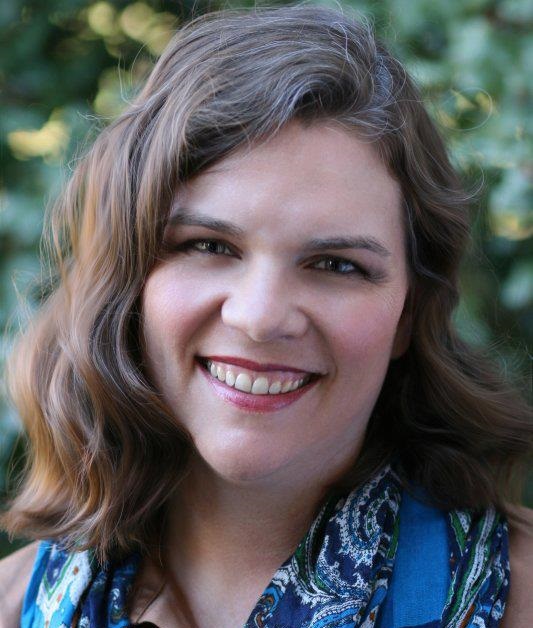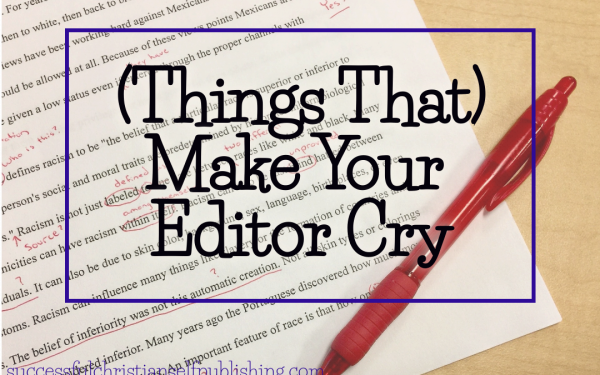Writing in Layers Part 2: Action/Dialogue

Click here to read part 1: https://successfulchristianselfpublishing.com/writing-in-layers-part-1/
Once I have my characters developed and my book plotted out all the way to the end, I go to the beginning again: Chapter 1, Scene 1. Now, I write action and dialogue.
I do not write thoughts or feelings. I do not describe anything extreme. I do not care about sentence structure or pace. I only care about what the characters are doing and saying.
Here is a sample of a book I just finished layer 2 on:
Her head pounded.[Describe the waking up in a hard chair with her hands tied behind her and originally trying to shift to get more comfortable because her head hurt really bad]
When she realized her situation, she kept her eyes closed and try to assess anything that she could in her environment.[She heard movements] etc.
Adrenaline skittered through her system, making her hands tingle and sweat beaded on her upper lip. She could feel Jack move and tried to turn her hand to touch his palm. He stilled at her touch.
I did not embellish this snippet for this article. This is actually what is in my word processor right now. In fact, I chose not to even re-read it so that I’m not tempted to embellish it (or edit it). I want you to see the raw work. When the time comes, I’ll set this scene and add the thoughts and feelings and take you with me on that journey.
Here’s why I do it this way:
I see what’s happening in my mind. I hear it. I taste it, smell it, feel it. It’s going faster than real time in my mind. If I don’t get it out, I’m going to lose what’s there. If I worry about sentence structure or passive verbs or what color the walls are, I’m going to lose that story and get caught up in the details. I don’t want to get caught up in the details — yet.
I’ll talk more about it when we get there, but I also don’t want to set the scene until I understand the emotions and pacing of the scene. I want to set the scene around that — and I can’t do that until it’s there.
If I take the time and make each paragraph perfect, each scene exemplary, I will take months to write a story. This way, I can get all of the action and dialogue out in just a couple of weeks.
I go all the way through to the end of the book. I have a notepad in front of me where I make notes if something that I think needs to change prior comes up, or if there is more detail I need. I use brackets like shown above to remind myself what I was thinking, feeling, hearing, seeing, tasting, touching as I wrote it. That way, my pace just flies and flows and I can do the hard part — getting that story out the way it was plotted.

With nearly a million sales, Hallee Bridgeman is aUSA TODAY best-selling and award-winning Christian author who writes action-packed romantic suspense focusing on realistic characters who face real-world problems. Her work has been described as everything from refreshing to heart-stopping exciting and edgy. Hallee has served as the Director of the Kentucky Christian Writers Conference, President of the Faith-Hope-Love chapter of the Romance Writers of America, is a member of the American Christian Fiction Writers (ACFW), the American Christian Writers (ACW), and Novelists, Inc. (NINC). An accomplished speaker, Hallee has taught and inspired writers around the globe, from Sydney, Australia, to Dallas, Texas, to Portland, Oregon, to Washington, D.C., and all places in between. Hallee loves coffee, campy action movies, and regular date nights with her husband. Above all else, she loves God with all of her heart, soul, mind, and strength; has been redeemed by the blood of Christ; and relies on the presence of the Holy Spirit to guide her.

